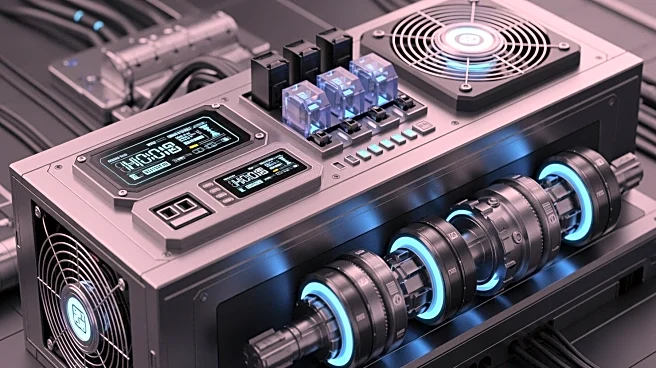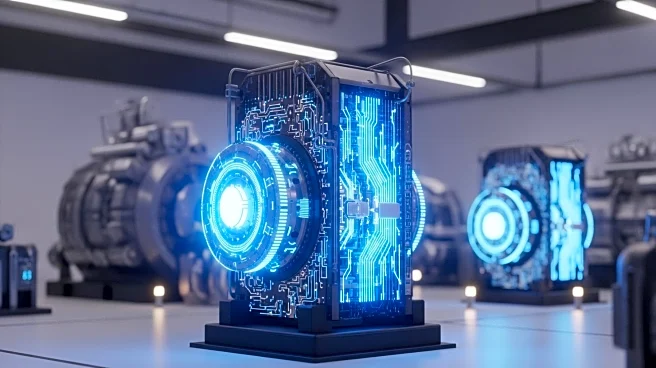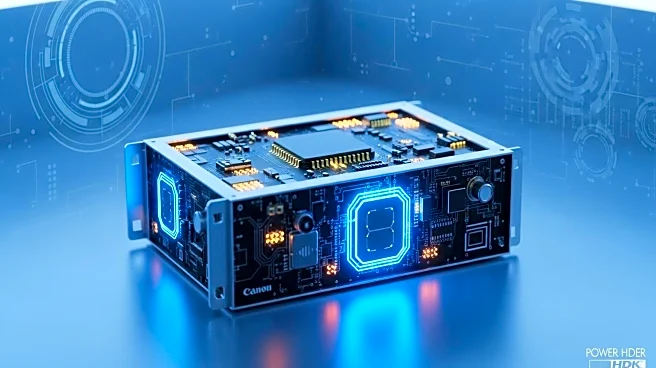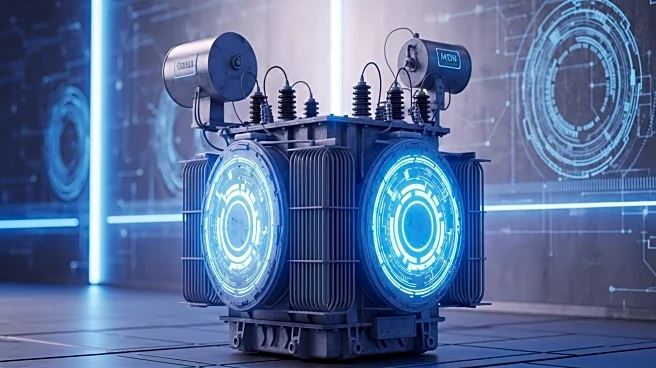What's Happening?
Schneider Electric is reinforcing its commitment to supporting the transition to 800 VDC power architectures, essential for next-generation high-density rack systems in data centers. This move is driven
by the need for higher power densities and efficiency, as the industry shifts towards megawatt-scale racks. Schneider Electric's approach integrates power conversion, protection, and metering to ensure systems are efficient, safe, and scalable. The company is collaborating with NVIDIA to develop an 800 VDC sidecar capable of powering racks up to 1.2 MW, supporting NVIDIA's GPUs and future computing infrastructure. This innovation includes modular power conversion, energy storage, and Live Swap capabilities for enhanced safety.
Why It's Important?
The transition to 800 VDC power systems is crucial for supporting the increasing compute density in data centers, particularly for AI applications. Schneider Electric's innovations promise to enhance operational efficiency and reliability, which are vital for the performance of next-generation AI infrastructure. This development is significant for the tech industry, as it aligns with the broader shift towards more powerful and efficient computing systems. Companies adopting these systems stand to benefit from reduced infrastructure costs and improved scalability, positioning them to better handle the demands of AI-driven workloads.
What's Next?
Schneider Electric's collaboration with NVIDIA is expected to drive further advancements in power infrastructure for AI applications. As the industry continues to evolve, more companies may adopt 800 VDC systems, leading to widespread changes in data center design and operation. Stakeholders, including tech companies and data center operators, will likely monitor these developments closely to assess the impact on their operations and strategic planning.
Beyond the Headlines
The shift to 800 VDC systems may also influence regulatory standards and safety protocols in the tech industry. As these systems become more prevalent, there could be increased focus on ensuring compliance with safety and performance standards, potentially leading to new industry benchmarks.











